By Michael D. Hull
No Allied amphibious invasion in World War II left such a bitter legacy as Operation Jubilee, the ill-fated British-Canadian raid on the northern French port of Dieppe on Wednesday, August 19, 1942.
Despite partial successes to the west and the east, the main assault on the shingled beaches by 5,000 men of General Pip Roberts’s Canadian 2nd Infantry Division, 1,000 British Commandos met resistance far more fierce than expected. Many of the Canadians in the landing craft were casualties before they reached shore, and the troops and Churchill tanks that did land were pinned down by heavy German fire and blocked by obstacles. They never reached the town itself.
Almost none of the enemy installations marked for destruction was reached, and only a portion of the landing force—which included a handful of Free French soldiers and U.S. Rangers—could be evacuated. Many Allied prisoners were taken. The losses were heavy: 3,600 men dead or captured and 30 tanks, 33 landing craft, a Royal Navy destroyer, and 106 aircraft destroyed. The “reconnaissance in force”—devised to provide battle experience for the untried Canadian troops and to learn about German port defense methods—was classified a disaster that tarnished the reputation of its architect, the handsome, dashing Lord Louis Mountbatten, chief of Combined Operations.
Yet Operation Jubilee provided important lessons for Allied planners about the difficulty of capturing a defended port and the necessity for a preliminary bombardment and adequate equipment for beach landings. Whether the lessons were worth the price paid for them has been debated ever since.
The Idea for the ‘Mulberry Harbor”
The first and most important lesson drawn from the Dieppe assault was that the Allies could not be confident of seizing a usable port in the early stages of a future—and inevitable —invasion of the European continent. Although the British Army had long experience in expeditionary warfare, it was generally believed that a port was needed to disembark forces. The Germans, with little experience in amphibious tactics, remained convinced that any Allied invasion armada would be directed on a port so that its facilities could be brought into early use. Thus, German thinking remained focused on defending harbors and, should their capture seem likely, destroying such facilities in order to deny them to invaders. Even long after Dieppe, the Germans concluded that the Allies, when they came, would land near a port and then envelop it.
Returning from Dieppe on that fateful August 19, Royal Navy Commodore John Hughes-Hallett, a member of Mountbatten’s staff, was heard to comment, “Well, if we can’t capture a port, we will have to take one with us.”
Soon, stimulus was given to an ingenious strategic concept that would increasingly concern the Allied planners working on a second front. It was the concept of an artificial harbor, an intriguing idea but not a new one. As early as 1917, First Sea Lord Winston Churchill had considered the possibility of a prefabricated harbor for seizing the German Frisian Islands. Guy Maunsell, an engineer, showed Hughes-Hallett plans for an artificial breakwater as early as 1940; Tipperary-born Professor John D. Bernal, known as “The Sage” at Cambridge University, devised a plan for a floating harbor; and in December 1941, staffers at Mountbatten’s Combined Operations headquarters were studying a scheme for creating sheltered water.
Three months before the debacle at Dieppe, the fertile-minded Churchill, now the British prime minister, resurrected his 1917 plan in a secret May 30, 1942, minute entitled, “Piers for Use on Beaches.” He wrote, “They must float up and down with the tide. The anchor problem must be answered…. Let me have the best solution worked out. Don’t argue the matter. The difficulties will argue for themselves.”
Thus, from the carnage of Dieppe would be developed the concept of the two “Mulberry harbors” which would play a crucial role in Operation Overlord, the great Allied invasion of Normandy on June 6, 1944.
“The Whole Project was Majestic”
General Dwight D. Eisenhower, the supreme commander who would lead the British, American, and Canadian Armies on the European continent, recalled, “The first time I heard this idea [Mulberry] tentatively advanced was by Admiral Mountbatten in the spring of 1942. At a conference attended by a number of service chiefs, he remarked, ‘If ports are not available, we may have to construct them in pieces and tow them in.’ Hoots and jeers greeted his suggestion, but two years later it was to become reality.” The code-name, Mulberry, was chosen because it would not reveal the character or purpose of the secret project.
The concept was discussed in detail by Lt. Gen. Frederick E. Morgan, Eisenhower’s able top planner, and his COSSAC (chief of staff to the supreme Allied commander) team, and it was agreed that the invasion would require the facilities of a harbor the size of Dover, Kent. COSSAC envisioned an assault on lightly held beaches “bringing a couple of artificial harbors with us.” An important factor considered by the planners was the critical Allied shortage of landing craft.
The building of the Mulberry harbors presented an enormous challenge to the British midway through the war. “The whole project involved the construction in Britain of great masses of special equipment, amounting in aggregate to over a million tons of steel and concrete,” said Prime Minister Churchill during the early stages. “This work, undertaken with the highest priority, would impinge heavily on our already hard-pressed engineering and ship-repairing industries. All this equipment would have to be transported by sea to the scene of action, and there erected with the utmost expedition in the face of enemy attack and the vagaries of the weather.” High winds and ferocious gales can whip up in a few hours in the English Channel, and the spring tides there have a play of 30 feet.
“The whole project was majestic,” said Churchill. “On the beaches themselves would be the great piers with their seaward ends afloat and sheltered. At these piers, coasters and landing craft would be able to discharge at all states of the tide. To protect them against the wanton winds and waves, breakwaters would be spread in a great arc to seaward, enclosing a large area of sheltered water. Thus sheltered, deep-draught ships could lie at anchor and discharge, and all types of landing craft could ply freely to and from the beaches. These breakwaters would be composed of sunken concrete caissons known as ‘Phoenixes’ and blockships known as ‘Gooseberries.’”
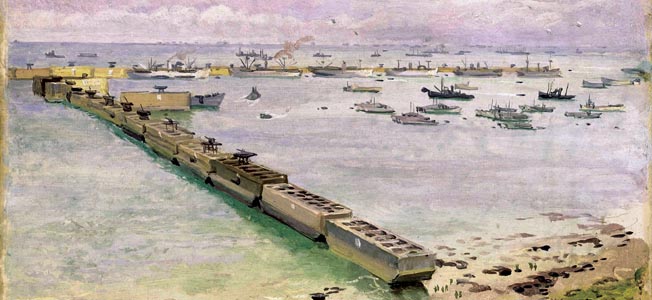
A Demonstration in a Bathtub
But there was much skepticism for the Mulberry harbors, particularly from the Americans on the Operation Overlord planning staff, and it was not until a Combined Operations conference, code-named Rattle, at Largs in central Scotland early in 1943 that acceptance first came for the ambitious concept. There, Commodore Hughes-Hallett and Royal Navy Captain Tom Hussey provided the necessary “ray of hope” as they argued the case and outlined the whole scheme. Many bright ideas were studied in wrestling with the problem of beating the English Channel and the German defenders of northern France at the same time. One of the most original suggestions was to create an artificial breakwater from a wall of bubbles released from the seabed, but this was abandoned as being far too risky.
The final plan called for a breakwater created by sunken blockships and the construction of an outer sea wall comprising huge concrete boxes—Phoenixes—some the size of three-story buildings. There would also be floating roadways, called Whales, made of articulated steel sections capable of moving with the 23-foot Normandy tide. At the end of each roadway would be a pier known as a Spud. In addition to the two Mulberry harbors, even more blockships were to be used to create five Gooseberries, which were sheltered anchorages for landing craft, one off each of the five assault beaches.
Among the planners, according to Churchill, “imagination, contrivance, and experiment had been ceaseless,” and by August 1943 a complete design had been drawn up for two full-scale temporary harbors that could be towed across the Channel from southern England to France and put into use within a few days of the initial Overlord landings. The project was demonstrated that month for the British Chiefs of Staff as they and Churchill crossed the Atlantic Ocean aboard the liner Queen Mary for the Quebec summit conference in September 1943.
Senior officers crowded into one of the vessel’s luxurious bathrooms for a simple demonstration by Professor Bernal and one of Lord Mountbatten’s scientific advisers. Standing on a toilet seat, Admiral Sir Dudley Pound, the First Sea Lord, invited his colleagues to imagine the shallow end of the bath as a beachhead. With the assistance of Navy Lt. Cmdr. D.A. Grant, Professor Bernal then floated a fleet of 20 little ships made from newspaper. Grant used a back brush to make waves, and the fleet sank.
Then, a Mae West lifebelt was inflated and placed in the bath to represent a harbor. The paper fleet was placed inside it. Once again, Commander Grant applied his brush vigorously to create waves, but they failed to sink the paper ships. The experiment convinced the officers of the importance of sheltered water and Mulberry harbors.
“It Must Not Fail”
The proposal was outlined in Quebec before Churchill, President Franklin D. Roosevelt, and the Joint Chiefs of Staff. The British pressed the idea, and the Joint Chiefs eventually agreed to the construction of two such harbors—“Mulberry A” for the American landing forces and “Mulberry B” for the British and Canadians. The latter harbor was nicknamed “Port Winston.” In a memorandum, the Joint Chiefs wrote, “This project is so vital that it might be described as the crux of the whole [Normandy invasion] operation. It must not fail.”
The specifications were formidable. By D-Day plus 21 days, the two harbors were to be capable of shifting 12,000 tons of cargo and 2,500 vehicles a day. They would have to cope with the full 26-foot draft of Liberty ships and provide a shelter for landing craft in foul weather. Furthermore, each harbor had to have a minimum life of 90 days in order to funnel ashore as much manpower and matériel as possible before the Allied armies could secure a port. The artificial harbors were to be ready by May 1, 1944. The mammoth undertaking was to be completed in a mere eight months.
The Gooseberries were the brainchild of Rear Admiral William Tennant, who from January 1943 onward was in command of the planning, preparation, towing, and placement of the Mulberry harbors. He had a stormy relationship with the Admiralty, which was reluctant to release any usable ships to be sunk as blockships to protect the artificial harbors. Tennant determined that he needed 60 old merchant vessels and warships. At one stage, his deputy said of their lordships at the Admiralty, “We came here to get a Gooseberry, and all we seem to have got is a raspberry!” Admiral Tennant eventually got his 60 blockships. Among them were the 1911 French battleship Courbet and a Dutch cruiser. Assembled in Scotland and loaded with explosive charges, the blockships were to be sunk off the Normandy beaches.
Building the Mulberries strained the administrative capabilities of the senior British Army officer, Maj. Gen. Sir Harold Wernher, who reported, “Perhaps the greatest difficulty in getting the project underway after the plan was approved was the vast number of interested parties who had to be consulted or thought they ought to be consulted.” A team was assembled comprising “three of the best brains from the consultant engineers in Britain, and alongside them were placed leading contractors in naval installation together with British and American officers.” At first, the team was in almost continuous session trying to solve the critical problem of designing the outer breakwater.
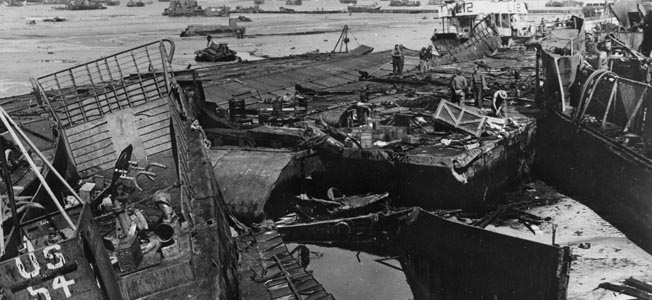
The largest type of Phoenix caisson that the contractors eventually designed was 200 feet long, 60 feet high, and weighed more than 6,000 tons. More than 213 of all types were built, which required more than a million tons of reinforced concrete and 70,000 tons of steel reinforcement. The piers, code-named bombardons, were attached to massive steel pylons that rested on the seabed. In accordance with Churchill’s directive, the piers did indeed “float up and down with the tide”—assisted by an ingenious system of hydraulic jacks. Linking the piers to the land were the floating roadways made up of steel pontoon bridges (the Whales). The floating roadways and Mulberry anchor systems were designed by Lieutenant Allan Beckett of the Royal Engineers.
200,000 Workers and Eight Months
Dozens of construction companies and 200,000 workers toiled at London, Tilbury, Woolwich, Barking, Portsmouth, Southampton, Middlesbrough, and other ports all over England to complete the artificial harbors in time for D-Day. In all, the two Mulberries required about two million tons of concrete and prefabricated steel. There were about 623,000 tons of reinforced concrete in 147 caissons. Huge excavations were carved out in the banks of the Thames and Medway Rivers to allow the great Phoenix units to be built, and 200 tugboats were deployed to haul the harbor parts to their moorings. The whole project was estimated to cost 25 million pounds for the eight-month period.
Led by Sir Bruce White, a World War I Army veteran and former harbor builder, the Royal Engineers supervised the construction phases, while the Royal Navy took care of planning, delivery, and assembly operations. Various segments of the Mulberry structures were stockpiled in streams and inlets around the English coast before their assembly, some within range of German long-range guns at Calais, France. This was a deliberate deception to confuse the enemy about the planned invasion route.
The great project went ahead under tight security. The harbors were built in sections ready for towing to the French coast. One of the Mulberries was to be set up off Omaha Beach at St. Laurent-sur-Mer in the U.S. V Corps landing area, and Port Winston was to be assembled at Arromanches in the British-Canadian-Free French sector of the Normandy beaches. Although the concept appeared simple, the execution was complex and required the skills of many engineers to put the harbors in place. That the entire project took only eight months to complete was signal testimony to the capacity of British industry, already stretched to the limit by four years of war.
Lord Haw Haw’s Broadcast
Secrecy was so stringent that many of the Mulberry component builders did not know what they were working on. When a rumor circulated in the assembly yards that the concrete monoliths were in some way merely destined for the postwar building trade, a senior British officer was sent from Whitehall to reassure the workers that they were in fact doing vital war work. German intelligence did not know what was happening in the southern English ports, although it was certain that the concrete structures must be floating moorings or fuel storage tanks for use in the coming invasion.
Lord Haw Haw (William Joyce), the sardonic-voiced, Brooklyn-born German broadcaster, confidently told British listeners in May 1944, “We know what you’re doing with those caissons. You intend to sink them off the coast when the attack takes place. Well, chaps, we’ve decided to help you. We’ll save you trouble and sink the caissons before you arrive.”
A week before the day of the long-awaited invasion, the blockships were scheduled to sail from Scotland to rendezvous with the rest of the Mulberry components. The invasion would be dependent on the successful functioning of the harbors, but until there was the chance to test one in action, none of the planners, engineers, or builders knew just what their capabilities were. That test would not happen until the Mulberries were actually positioned on the other side of the English Channel.
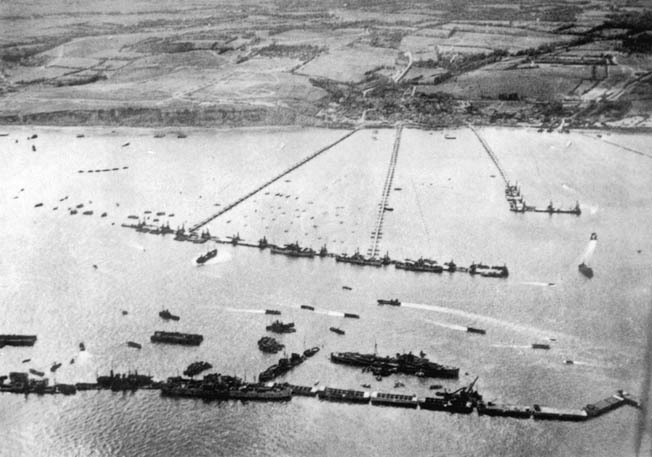
A fortunate accident to one of the Mulberry units averted what might have been a major disaster for the Allies at Normandy. One of the hulking concrete Phoenixes went aground at the Brambles near the southern English port of Southampton. Engineers started to pump it out in order to refloat it, but discovered that they could not raise it because the pumps were not strong enough. A salvage expert was found, along with additional heavy-duty pumps.
Marshaling sufficient tugs powerful enough to pull the giant caissons against the Channel currents proved a major headache for the Royal Navy, but eventually 150 boats were found to be suitable for the crossing and were moved from sites at Portland, Poole, Plymouth, Selsey, and Dungeness. The tugs were distinguished by a large “M” on their funnels, and their crews took great pride in the designation. The British tugs were to be assisted by U.S. Army towing launches.
The Mulberry Harbors on D-Day
Finally, D-Day arrived, and early on the gray, chill morning of Tuesday, June 6, 1944, British, American, Canadian, and Free French assault troops waded ashore on Gold, Juno, Sword, Utah, and Omaha Beaches at Normandy. The Mulberry harbors and associated Gooseberries were ready to play their part in the massive, meticulously planned Allied crusade. Each harbor, built of two million tons of steel and concrete, enclosed an area the size of Dover, two square miles.
The first convoy of 45 blockships arrived in the assault area at 12:30 pm on June 7, and the sinking of the vessels was started at once. The rest of the Mulberry harbor sections followed in a round-the-clock effort. Convoys of eight Phoenixes, eight bombardons, four pierheads, 10 Whale roadways, and two miscellaneous units were towed across the choppy Channel by the tug fleet. The planned speed of three and a half knots was increased to four and a half to reduce the turnaround time. Losses of 20 to 25 percent were expected on the crossing, but few units sank, apart from half of a floating roadway. The Mulberries were in use even before they were fully assembled. Almost from the moment that the first Gooseberries settled into the sand, ships were unloading behind them, protected from the Channel waves.
Great skill was required in assembling the two harbors on the Normandy coast. A key blockship had first to be sunk precisely in position. The initial attempt to do this at Mulberry B failed; the tugs at the stern of the first ship, the Alynbank, let go early. As she was settling down more slowly than planned, the tide turned and swung the Alynbank at right angles to the required position. But this turned out for the best because she formed a useful shelter from the west. At Mulberry A, the positioning of blockships went ahead at a faster pace. At the end of the first week, it was decided to plant an extra Phoenix there. But this was undertaken in failing light and falling tide, and the result was a large unit positioned too close to the main harbor entrance.
The objective of the Mulberry harbors was to disembark 3,000 tons of stores a day by D-Day + 4; 7,000 tons of stores and 2,500 vehicles daily by D-Day + 8, and finally 12,000 tons of stores and 2,500 unwaterproofed vehicles a day. Men, vehicles, equipment, and supplies rolled through the two harbors, and within the first two weeks after D-Day, 20 fighting divisions and more than a million men were ashore.
From June 15 to 18, a total of 15,774 British and 18,938 U.S. troops were landed every day, along with an average of 2,000 vehicles and 25,000 tons of stores. The enemy defenders on the Normandy shore were outnumbered locally, but they were still formidable and put up stiff resistance in front of the Allied armies. Reinforcing these men was crucial, but the weather was about to throw a wrench in the works. Channel storms had delayed the invasion by a day, and they were to play havoc again with Allied operations.
On June 16 and 17, the seas became too rough for towing operations, and on the 18th a special effort was made to make up for lost time. Four Phoenix caissons and 23 Whale tows set out from England, but the weather worsened and 11 of the Whales were lost on the way to Normandy. One of the caissons ran aground.
The Great Storm
The American Mulberry appeared to be well protected, and on June 18, the day that it opened for business, the weather was fine. But that evening, the barometer began to fall. Next day, the wind and waves increased, and a major Channel gale erupted at 3 am on June 19. By early afternoon, the wind was blowing at 30 knots and whipping up eight-foot breakers that pounded Mulberry A and the incomplete British Mulberry B. The bombardons were designed only to resist winds up to this strength, while the Gooseberries could withstand even less. Mulberry A and the incomplete British Mulberry B began to break up.
Fearing that a further deterioration in the weather might destroy the harbors, British Lt. Col. Raymond Mais, who was in charge of the piers and pierheads, issued emergency orders. Moorings were doubled, ships outside the harbors were moved clear of the breakwaters, and the tugboats were provisioned. Five hundred landing craft rode out the storm inside the Arromanches Mulberry, where the blockships had been strengthened with a row of caissons. Major Ronald Cowan of the Royal Engineers reported that it was a storm “such as had not been seen in the Channel for 80 years—second only to the one that smashed the Spanish Armada in 1588.”
For four days, the winds screamed like a banshee as the great waves crashed into the harbors, damaging pierheads, washing over and sinking pontoons, twisting piers, dragging anchors, and casting landing craft and other vessels adrift. Six caissons were lost, and piers and roadheads were badly mauled. But the main breakwaters held. Royal Engineer bridge parties and British and U.S. Army tug crews struggled valiantly day and night to keep the harbors intact and corral out-of-control craft. Meanwhile, some unloading continued despite the wind and waves. At Arromanches, British sappers managed to offload vital stores and much-needed ammunition, and even on the worst day they landed 800 tons over the piers. During the four-day storm, 7,000 tons of stores were discharged through Port Winston. Some of the men toiled for more than 40 hours without sleep as the storm raged. None of them would ever forget those four days.
The Americans’ harbor was harder hit than Port Winston. The Utah Beach Gooseberry lost several blockships that were torn open, and the Mulberry harbor off St. Laurent was devastated. The breakwaters were overwhelmed by waves, two blockships broke their backs, and only 10 out of 35 Phoenix caissons remained in position. The piers and bombardons were wrecked, and the harbor was eventually abandoned. When the gale finally blew itself out on June 23, Lt. Gen. Omar N. Bradley, commander of the U.S. 12th Army Group, went down to the beach to see the damage for himself. “I was appalled by the desolation, for it vastly exceeded that on D-Day,” he said.
Port Winston was not much better off. At first light on the day after the storm died, Colonel Mais walked along the battered piers and pierheads, smartly saluting the weary, unshaven soldiers who greeted him. He said nothing, but they understood what he meant and what he felt. Mais reported later, “It was an appalling scene—corpses, smashed equipment, stores strewn everywhere.”
Yet, four days after the storm the overall daily discharge at Arromanches had risen to 40,000 tons. The Royal Engineers’ official history reported, “The Allied beaches were a sorry and disheartening sight; hundreds, almost thousands, of craft and small ships—some up to 1,000 tons deadweight—were lying on the beaches at and above the high-water mark in a shambles which had to be seen to be believed; craft were actually piled on top of each other two and three deep.”
2,500,000 Men in 100 Days
The calamity seriously affected the Allied buildup in the Normandy beachhead, and the arrival of men and supplies fell to a fraction of what the daily average had been before the storm. Bradley’s army now had only three days’ supply of ammunition left, and Lt. Gen. Miles Dempsey’s British Second Army was three divisions behind in its landing schedule.
Yet the buildup went on. In 100 days, 2,500,000 men, 500,000 vehicles, and four million tons of supplies were landed at Port Winston. Although planned to operate for only three months that fateful summer of 1944, Mulberry B was still in use eight months after D-Day. By the end of October 1944, when the Allied armies had broken out into open country—beyond the bocage and the crucible of Caen—and were pressing the Germans eastward through France, 25 percent of the supplies, 20 percent of reinforcements, and 15 percent of vehicles were landed through the Arromanches harbor.
Mulberry A, meanwhile, continued to be used as a sheltered haven without working piers. All matériel was landed by DUKWs (amphibious cargo carriers) and ferries. The rest was either landed on beaches protected by the blockships or went through harbors at Port-en-Bessin, at the junction of the British-U.S. invasion beaches, and Ouistreham at the extreme left of the British sector, and later in the Pas de Calais.
“Mulberry Exceeded Our Best Hopes”
By the end of 1944, Sir Bruce White reported that 220,000 Allied troops and 39,000 assorted vehicles—heavy and medium tanks, tank destroyers, supply trucks, towed artillery, halftracks, Bren gun carriers, personnel and weapons carriers, armored cars, jeeps, mobile workshops, ambulances, and command cars—had landed dryshod in France.
He said, “The invasion of Europe, impossible without the artificial harbors, had been accomplished by British engineering skill.”
General Eisenhower declared, “Mulberry exceeded our best hopes,” while General Bradley described the project as “one of the most inventive logistical undertakings of the war.”
Air Chief Marshal Sir Arthur Tedder, Eisenhower’s trusted, pipe-smoking deputy, concluded, “The whole question of the invasion of Europe might well have turned on the practicability of these artificial harbors,” while the German war production minister, Albert Speer, admitted that the Allies made the Nazis’ Atlantic Wall irrelevant because they bypassed it “by means of a single, brilliant technical device.”
The Normandy invasion was a “brilliant success” that owed much to the Mulberry harbors, as President Roosevelt pointed out. “You know,” he told Labor Secretary Frances Perkins, “that was Churchill’s idea. Just one of those brilliant ideas that he has. He has a hundred a day, and about four of them are good. When he was visiting me in Hyde Park, he saw all those boats from the last war tied up in the Hudson River, and he said, ‘By George, we could take those ships and others like them that are good for nothing, and sink them offshore to protect the landings.’ The military and naval authorities were startled out of a year’s growth, but Winnie was right. Great fellow that Churchill, if you can keep up with him.”
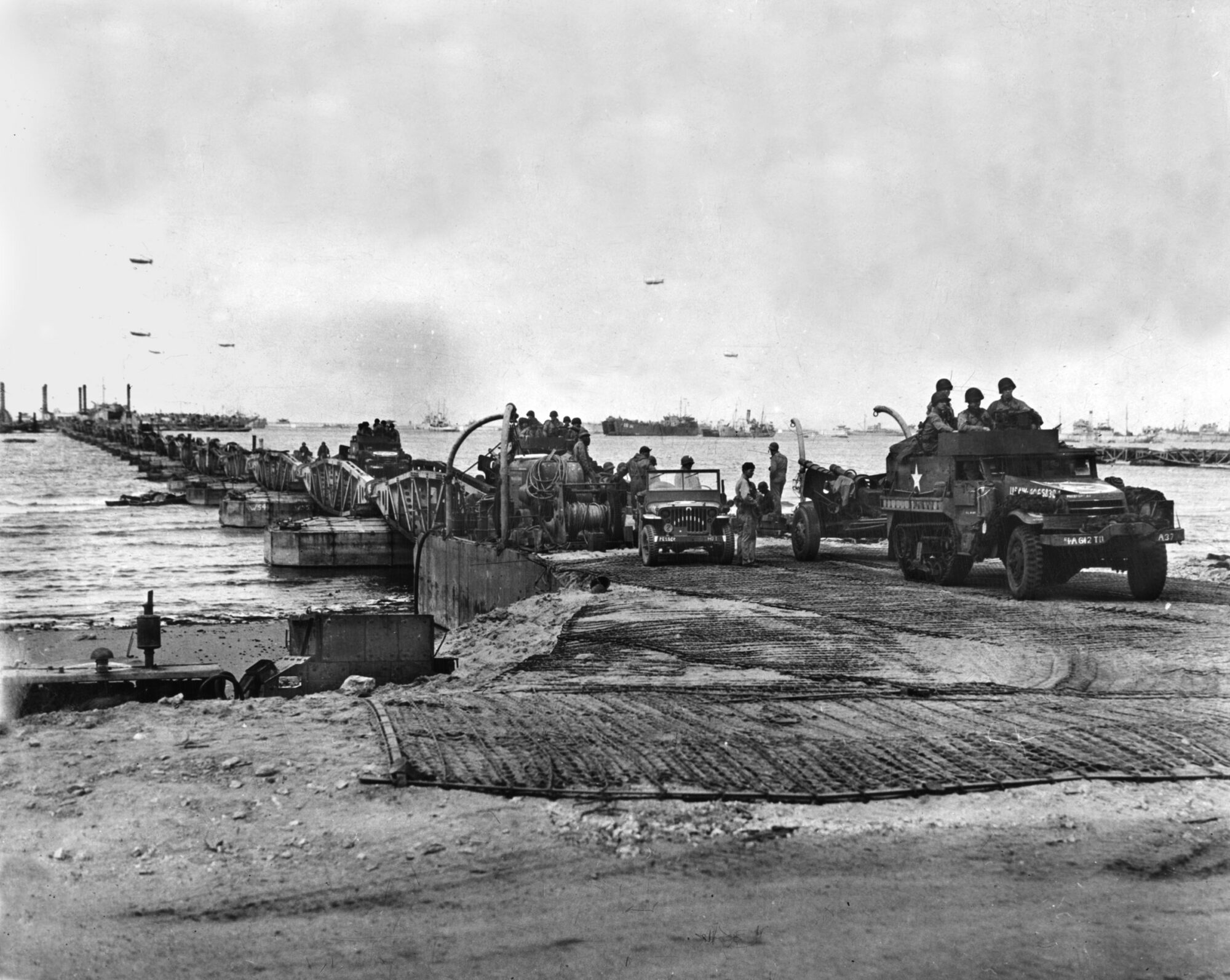
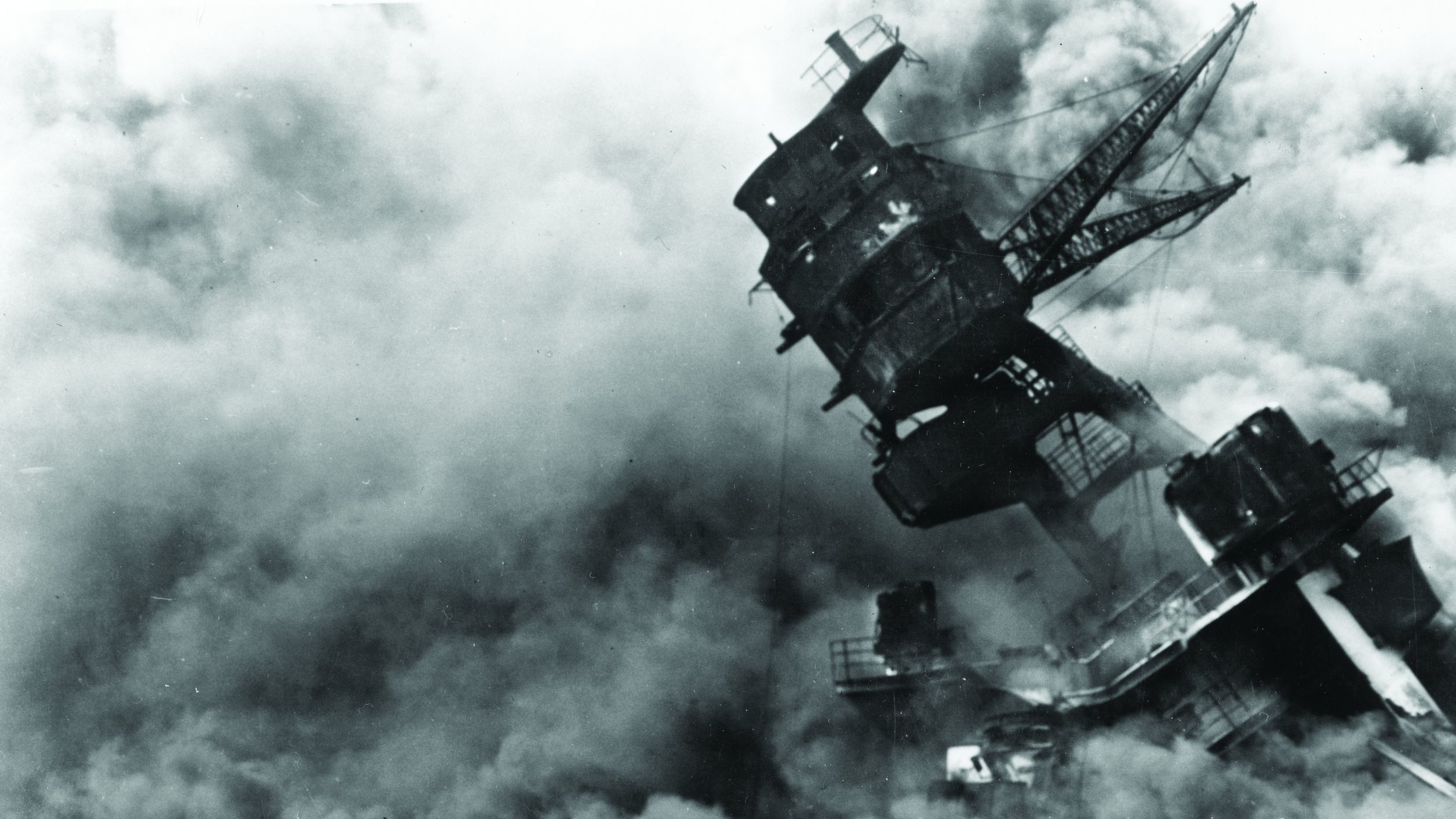
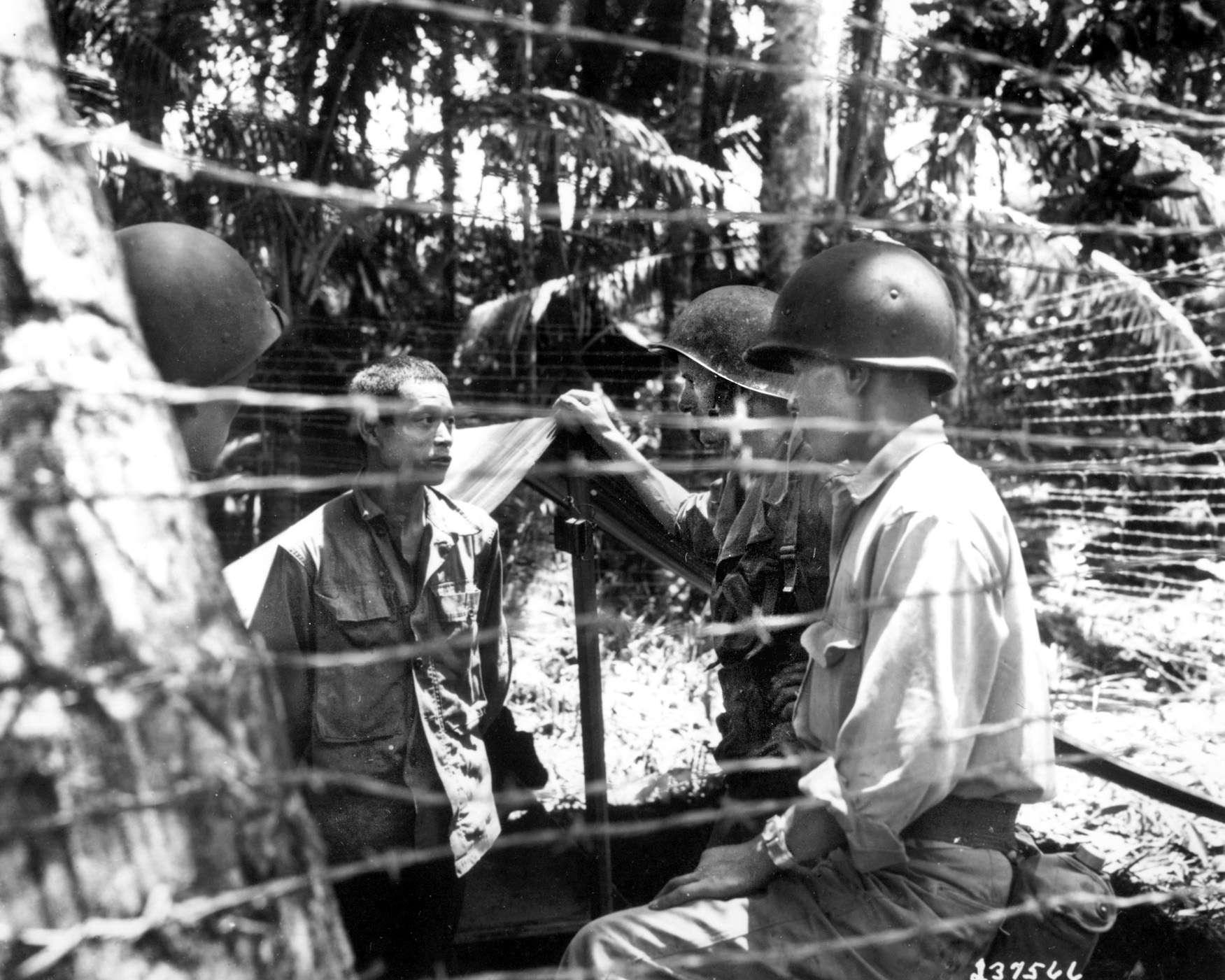
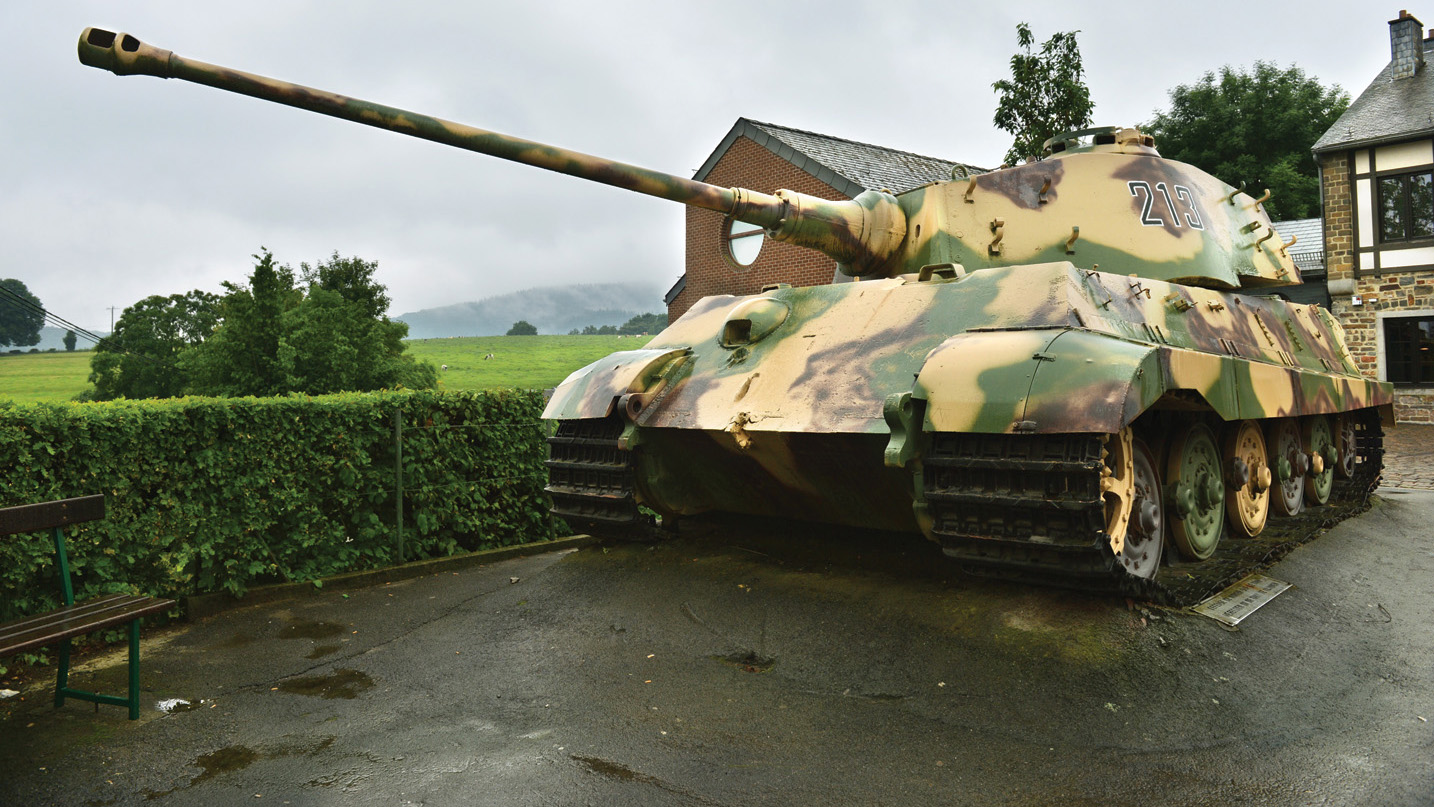
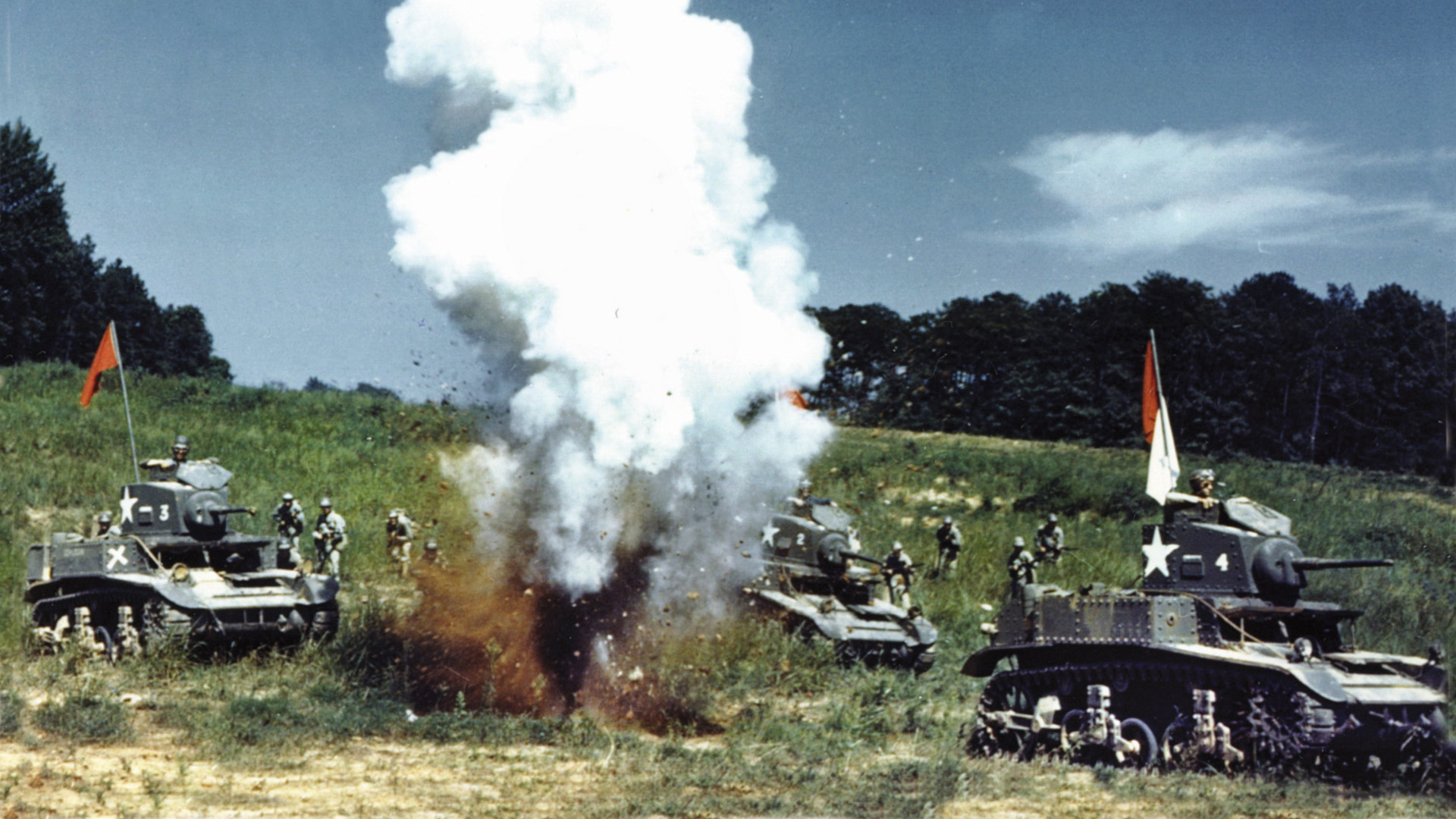

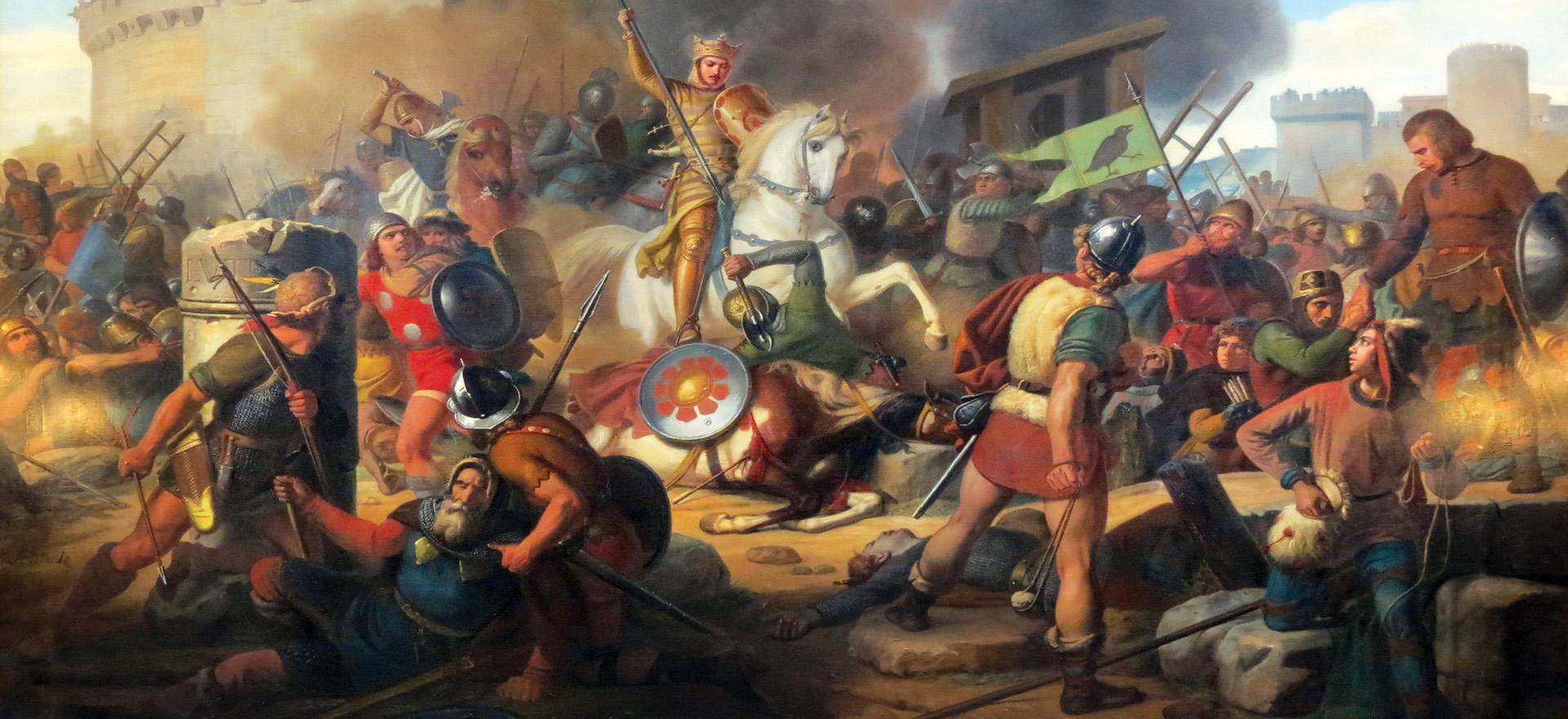
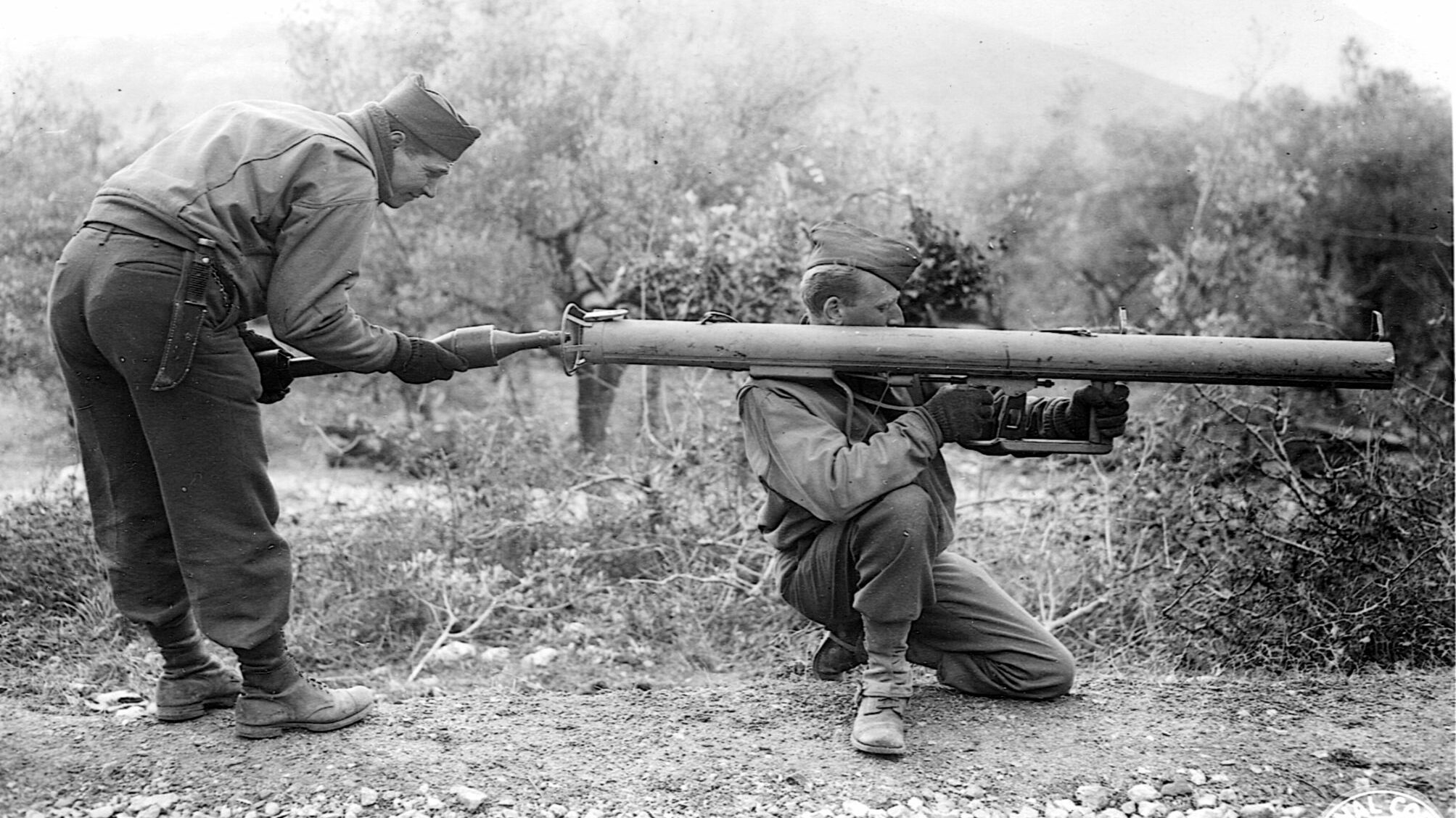
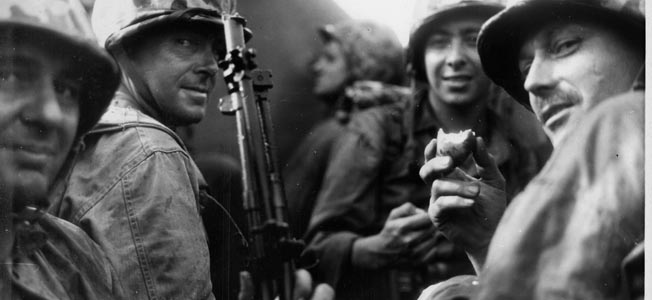
Short, concise, informed and highly readable